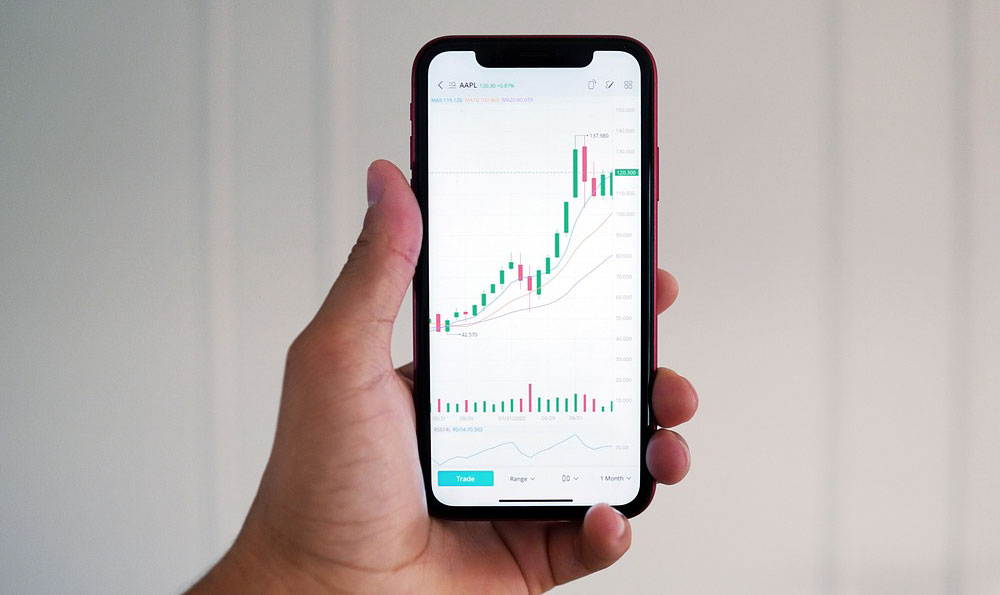What's the optimal method for making money, and which strategies yield the highest returns?
Let's delve into the multifaceted world of cryptocurrency investing and explore strategies for maximizing returns while mitigating risk. There's no single "optimal" method for everyone, as the best approach depends heavily on individual circumstances, risk tolerance, capital available, and time commitment. However, understanding core principles and exploring various strategies will significantly improve your chances of success in this volatile yet potentially lucrative market.
First and foremost, acknowledge the inherent risk involved. Cryptocurrency is not a "get rich quick" scheme. It's a nascent technology still undergoing development, subject to regulatory uncertainty, and prone to dramatic price swings. Accept the possibility of losing capital and only invest what you can afford to lose. This fundamental principle is crucial for maintaining emotional stability and avoiding impulsive decisions driven by fear or greed.
A foundational strategy for any investor is diversification. Avoid putting all your eggs in one basket. Instead, spread your investment across different cryptocurrencies, each with its own unique use case, technology, and market capitalization. For example, allocating a portion to established cryptocurrencies like Bitcoin (BTC) and Ethereum (ETH) provides a relatively stable foundation, while allocating smaller amounts to promising altcoins with innovative technologies or disruptive potential offers the possibility of higher returns. The ratio depends on your risk appetite. A risk-averse investor might allocate 70% to BTC/ETH and 30% to altcoins, while a more aggressive investor might reverse those percentages. Diversification extends beyond individual cryptocurrencies; consider diversifying into different sectors within the crypto ecosystem, such as decentralized finance (DeFi), non-fungible tokens (NFTs), and layer-2 scaling solutions.

Beyond diversification, a robust investment strategy should incorporate dollar-cost averaging (DCA). Instead of trying to time the market, which is nearly impossible, DCA involves investing a fixed amount of money at regular intervals, regardless of the current price. This approach helps to smooth out the volatility and reduce the risk of buying at a market peak. For example, instead of investing $10,000 at once, you could invest $1,000 per month for ten months. This strategy is particularly effective in volatile markets like cryptocurrency, as it eliminates the emotional element of timing the market and ensures that you're buying at different price points.
Another crucial element is conducting thorough due diligence. Never invest in a cryptocurrency without understanding its underlying technology, its use case, its team, its tokenomics, and its community. Read the whitepaper, analyze the project's roadmap, and assess the strength of its development team. Look for projects with active development, a strong community, and a clear use case. Be wary of projects that promise unrealistic returns or lack transparency. Utilize resources like CoinMarketCap, CoinGecko, and Messari to gather information and analyze different cryptocurrencies. Also, be sure to research the team behind the project and verify their experience and credentials.
Actively manage your risk. Set stop-loss orders to limit potential losses on your investments. A stop-loss order automatically sells your cryptocurrency when it reaches a certain price level, preventing further losses if the market declines. Determine your risk tolerance and set stop-loss orders accordingly. For example, if you're willing to risk 10% of your investment, you would set a stop-loss order at 10% below your purchase price. Conversely, consider setting take-profit orders to automatically sell your cryptocurrency when it reaches a desired profit level. This allows you to secure profits and avoid the temptation of holding on for too long, especially during market rallies.
In addition to long-term investing strategies, consider exploring shorter-term trading strategies, but only if you have the time, skills, and emotional discipline to do so. Day trading, swing trading, and scalping involve buying and selling cryptocurrencies within shorter timeframes, ranging from minutes to days, to profit from price fluctuations. These strategies require technical analysis skills, an understanding of market trends, and the ability to manage risk effectively. Be aware that short-term trading is highly risky and should only be undertaken by experienced traders. Using leverage can amplify both profits and losses, so exercise extreme caution when using it.
DeFi offers opportunities for earning passive income through staking, yield farming, and lending. Staking involves holding cryptocurrency in a wallet to support the network and earn rewards. Yield farming involves providing liquidity to DeFi protocols and earning rewards in the form of tokens. Lending involves lending your cryptocurrency to borrowers and earning interest. While these strategies can be lucrative, they also come with risks, such as smart contract vulnerabilities, impermanent loss, and regulatory uncertainty. Therefore, conduct thorough research before participating in DeFi protocols and only invest what you can afford to lose.
Finally, stay informed about the latest news and developments in the cryptocurrency market. Follow reputable news sources, attend industry conferences, and participate in online communities. The cryptocurrency market is constantly evolving, and staying informed is crucial for making informed investment decisions. Beware of scams and fraudulent schemes. Always double-check the legitimacy of any investment opportunity before investing your money. Be skeptical of projects that promise guaranteed returns or pressure you to invest quickly. Remember, if it sounds too good to be true, it probably is.
In conclusion, making money in the cryptocurrency market requires a well-defined strategy that incorporates diversification, dollar-cost averaging, thorough due diligence, risk management, and continuous learning. There is no "optimal" method that guarantees success, but by following these principles and staying informed, you can significantly improve your chances of achieving your financial goals. Remember to approach cryptocurrency investing with caution, patience, and a long-term perspective.















